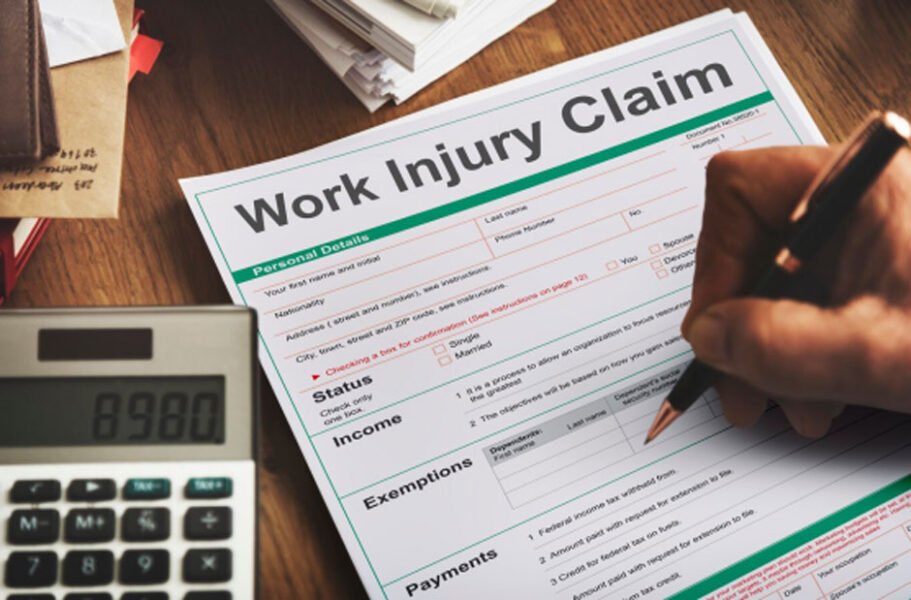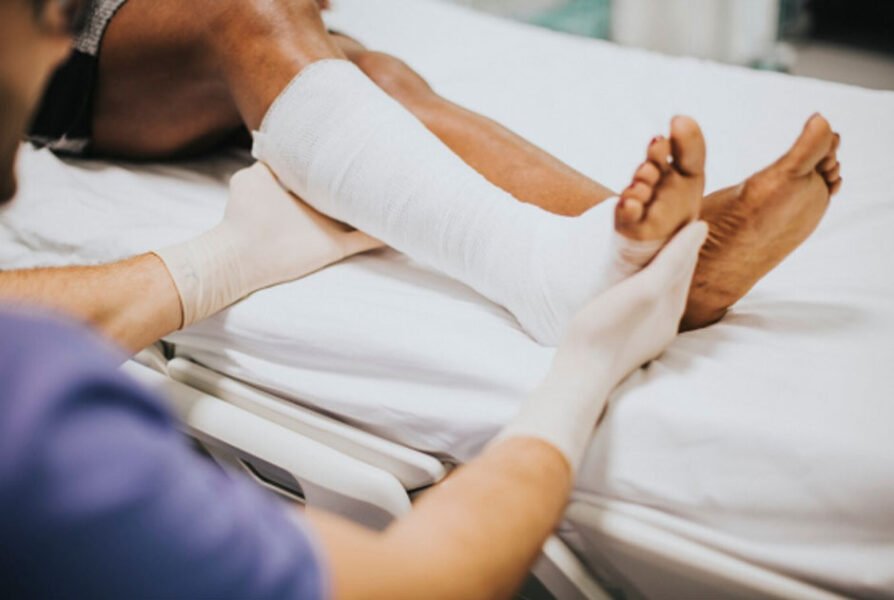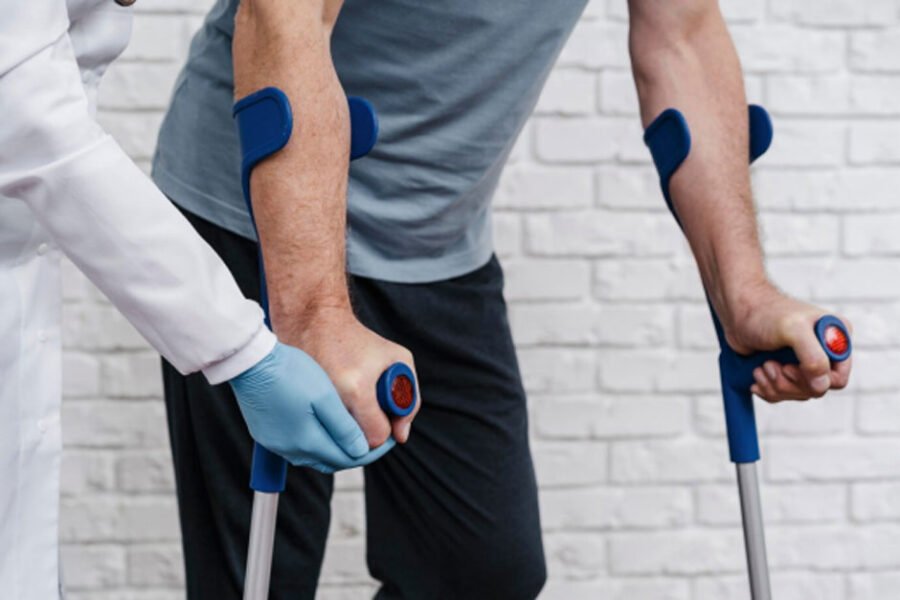Skip to the good bit
ToggleHave you been injured and are wondering what comes next? The personal injury lawsuit can feel confusing and overwhelming, but understanding the simple steps makes things easier. Most people don’t think about lawsuits in the aftermath of an accident that has left them with significant injuries.
The main reason is the assumption that the lawsuit process is time-consuming and complicated and is not worth a try. However, understanding this PI lawsuit process is the key to navigating your case smoothly.
Each step is important, from seeking medical attention to filing a claim to receiving compensation. This guide will walk you through the whole process, step by step, so you know what to expect and feel more confident. So, let’s get right into it!
Step 1: Medical Examination
The first step when involved in an accident is seeking medical care. Assess the situation for any personal injuries and then seek medical attention immediately. The importance of this step is that you get a medical evaluation that checks all injuries, including those that you are not aware of at the moment. It is best to get checked out even if you don’t believe you’re hurt. In addition, medical evaluation will provide critical documentation that may be utilized as evidence in your personal injury case. A lack of such documentation means it’s your word against the insurance company.
Step 2: Initial Consultation and Case Evaluation

The next step is to share the details of the injury or accident with the best NY PI lawyers so they can assess whether it’s a valid legal claim. Expect the following questions from lawyers:
- When and how did the accident happen?
- What is the extent of your injuries?
- Do you have medical records?
Upon successful evaluation, the lawyer will explain the potential legal outcomes and the costs involved.
Step 3: Gathering Evidence
All cases require evidence, which is the next step once the lawyer takes on your case. The evidence includes several items. Photos and videos of the accident scene for injuries may be required. Getting contact information from witnesses who saw what transpired during the incident may also be prudent.
You will also be required to provide evidence readily accessible to you, such as medical records or doctor visits related to the injuries, as well as any police reports, if applicable. In some cases, the lawyers may bring in experts, such as medical professionals or accident reconstructionists, to help make your case stronger.
Step 4: Determine Liability and Negligence

The success of a personal injury case depends on the ability of a lawyer to establish negligence and liability on the part of the defendant. This process is not as easy as it sounds. The lawyer will help prove whether the defendant has a duty of care and whether they breached this duty.
For example, if you get knocked down by a drunk driver, the driver will be charged because they breached the duty to drive carefully, endangering other road users. The lawyer should show that this breach directly caused injury while proving that you suffered damages.
A skilled NY lawyer will assess the evidence meticulously to determine if there’s sufficient proof that the defendant was negligent. Usually, they look at every piece of information- even those that might seem insignificant to inexperienced eyes. Such a comprehensive approach helps unravel hidden connections and often-overlooked details that can strengthen your case. Multiple experts are sometimes involved to help view the evidence from a different perspective and help prove responsibility.
Step 6: Filing a Claim
After successfully building a strong case, the next step is to file a personal injury claim. This process entails submitting the required paperwork to the insurance company and the court, depending on whether the case is settled in or out of court.
Most lawyers try to negotiate a settlement with the party involved in this case to settle claims for a lower amount. However, having an expert lower is important so you don’t settle for a lower amount than expected.
These factors need to be considered when settling the claim:
- The severity of property damage
- The pain and suffering
- Lost income or wages
- Current and future medical expenses
Step 7: Filing a Lawsuit (When a Settlement is Not Reached)

It is not unusual for settlement negotiations to fail. Worry not, though, because this presents the second option: the lawyer proceeds to file a lawsuit. Simply, this means that the case is taken to court, and both sides must argue their cases before a judge and jury.
Step 8: Trial and Court Proceedings
If the case goes to trial, a lawyer will help to present evidence and argue in your favor. During cross-examination, the lawyer will prepare you to ensure you can answer all questions persuasively and get a favourable verdict. Most PI cases settle before trial, but having a good attorney is critical. You may get a structured settlement or lump sum payment if you win the case.
How Lawyers Strengthen the Case By Addressing Weaknesses Before Trial
Winning a case largely relies on how strong your argument against the other party is. That’s why shrewd PI lawyers will ensure you have a strong case before proceeding. They do that by identifying potential weaknesses and fixing them before they can hurt your case in court or lower the settlement amount.
Here are some of the things they do:
- Examine effects of pre-existing injuries: Based on your medical records, they try to assess the impact of old injuries and work on proving they are unrelated to the new injuries from the incident.
- Navigate alcohol involvement: If you were under the influence of alcohol, that can be damaging to your case. So, the lawyers filed a motion to exclude alcohol use from the evidence if it did not necessarily contribute to the accident.
- Past claims or lawsuits: Where you have almost similar past claims, lawyers will help prove how the incidents are unrelated to the past claims.
- Downplay criminal history: If you have a criminal history, proof of rehabilitation to the court by your lawyer or a motion that shows the circumstances are unrelated is essential.
- Demonstrating serious injury from minor impact: With the help of expert testimony, your lawyer should prove that even an incident like a low-impact collision that seems minor indeed caused serious injuries.
Conclusion
Every PI claim is unique and changes depending on the claim’s specifics and the time of injury. Navigating a PI claim alone can be overwhelming, especially when dealing with the legal process and the insurance companies. It is essential to go through the process with an expert NY PI lawyer to help guide you through all these steps. This way, you can easily understand what is required, whether to settle or go to court, and, more importantly, receive fair compensation.







